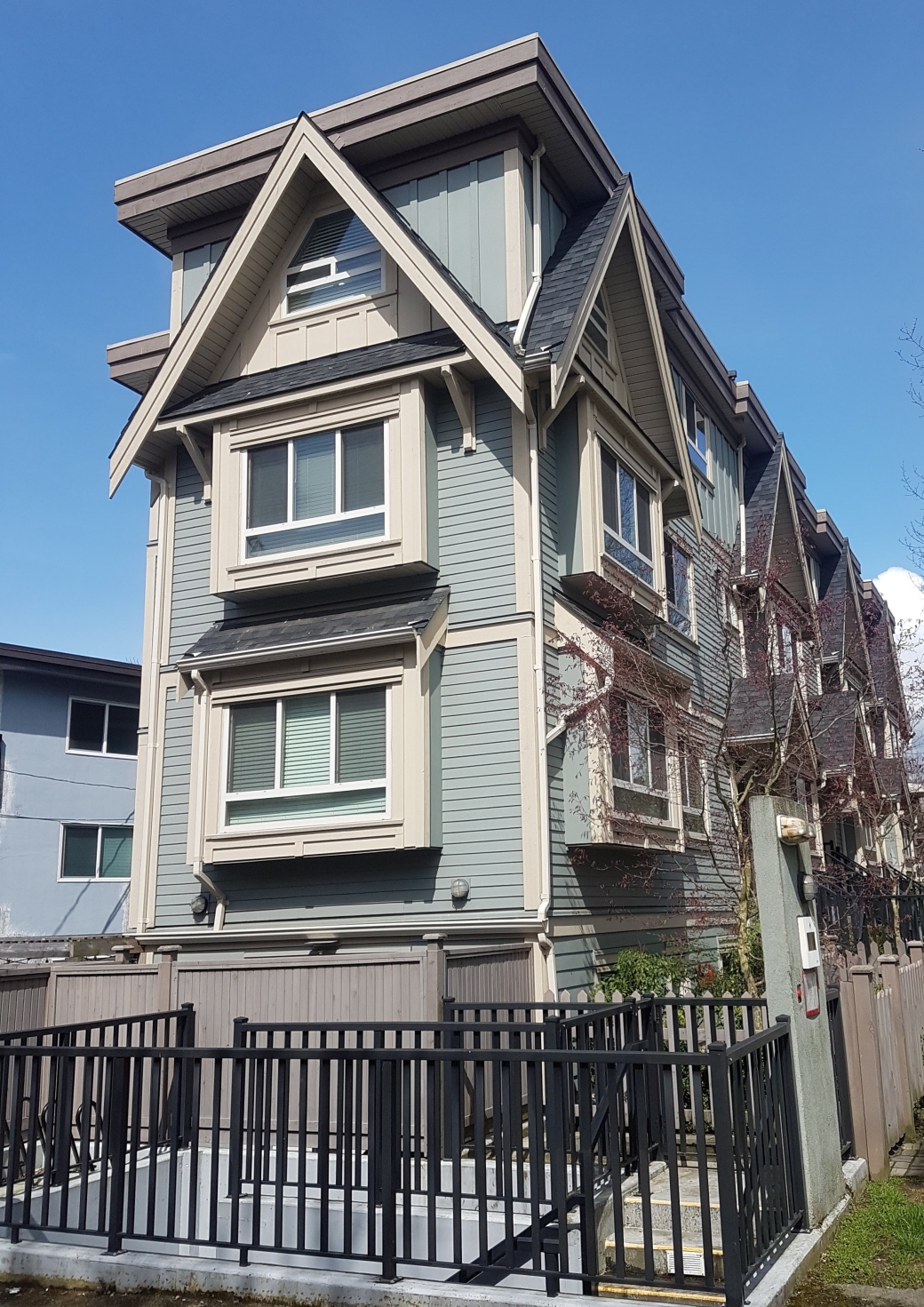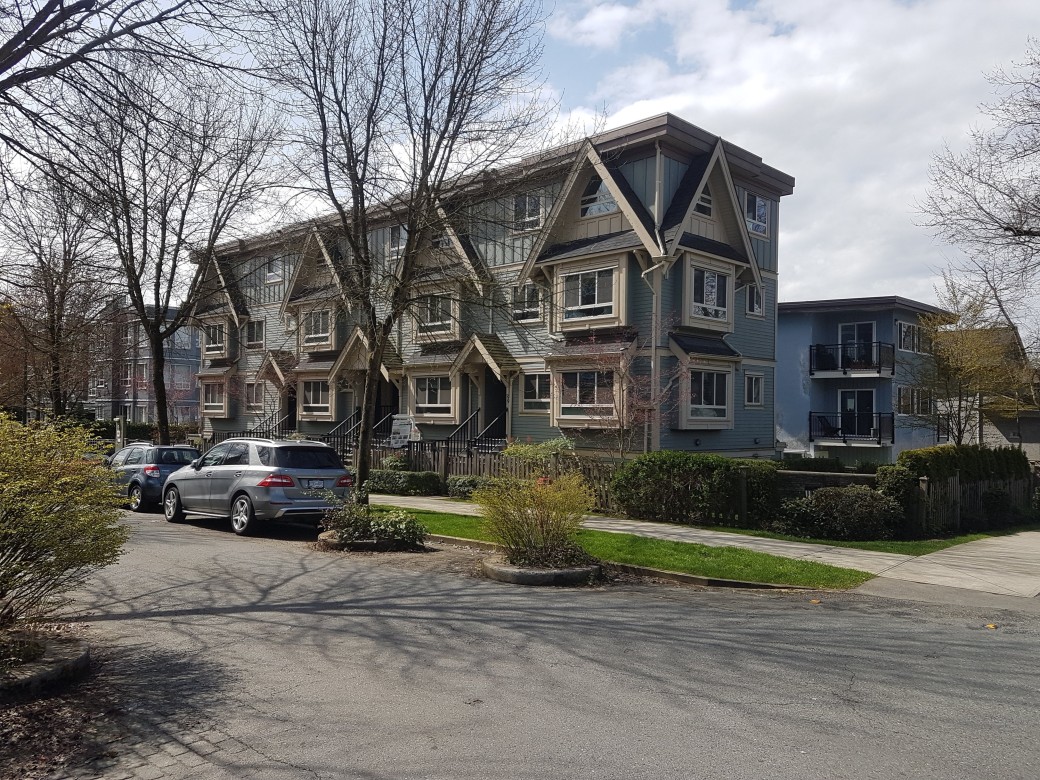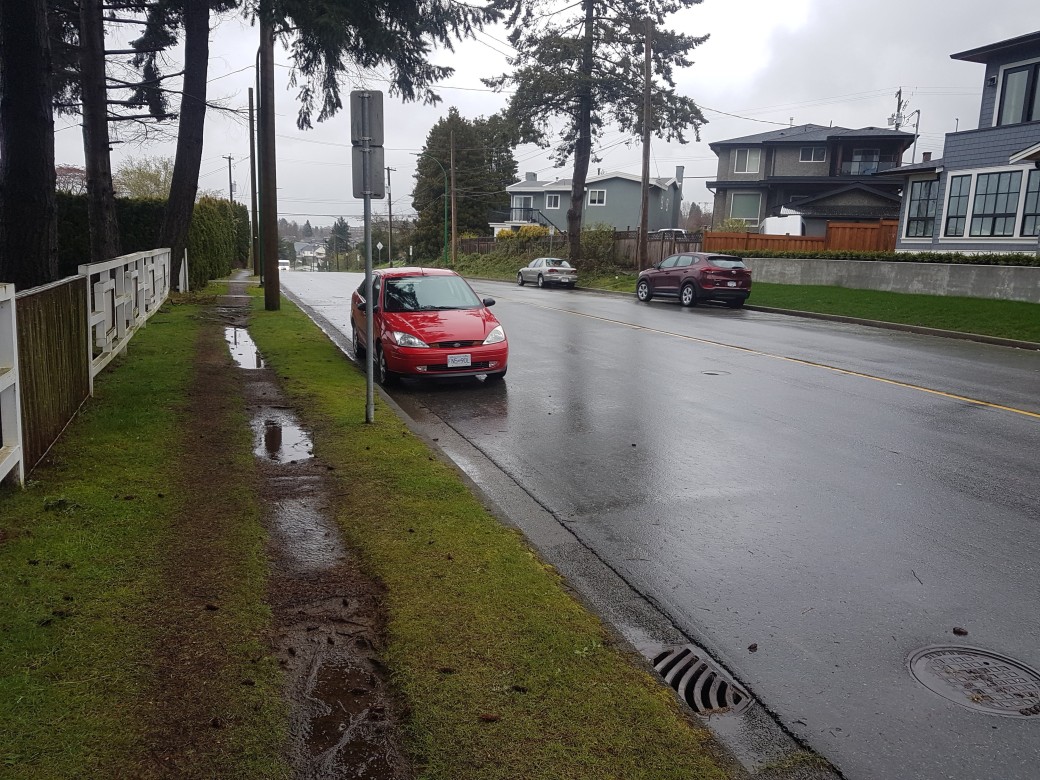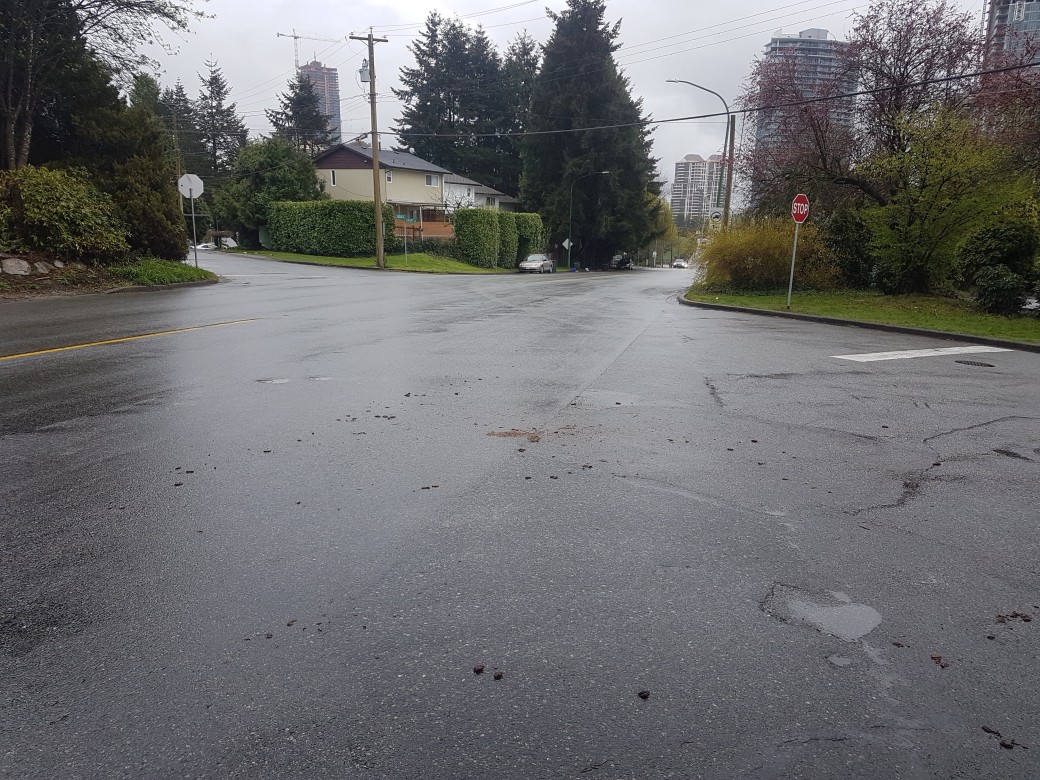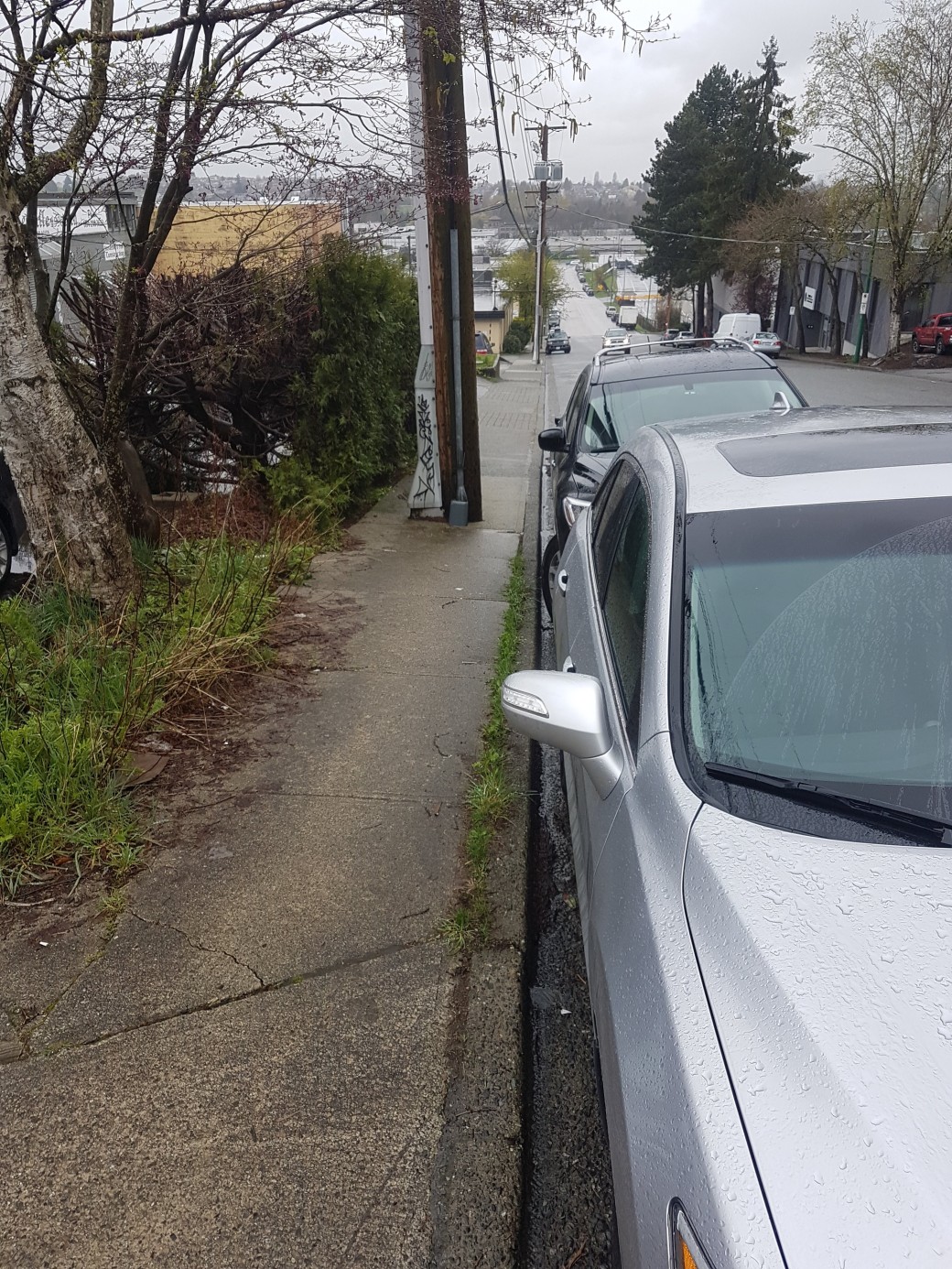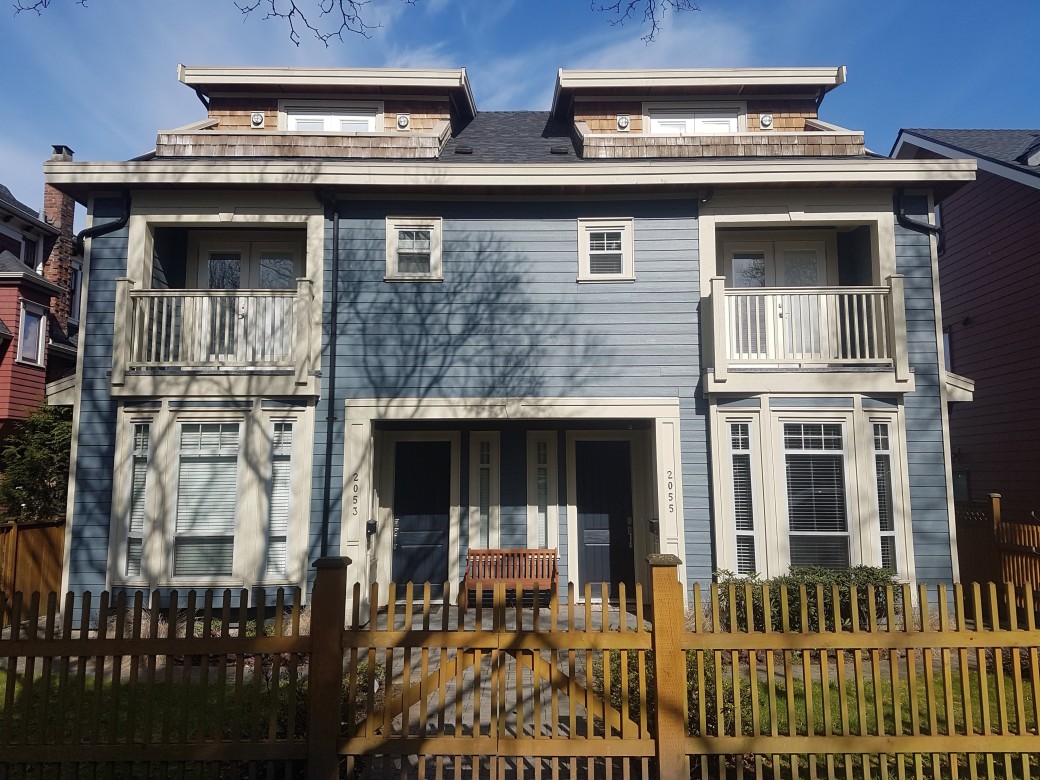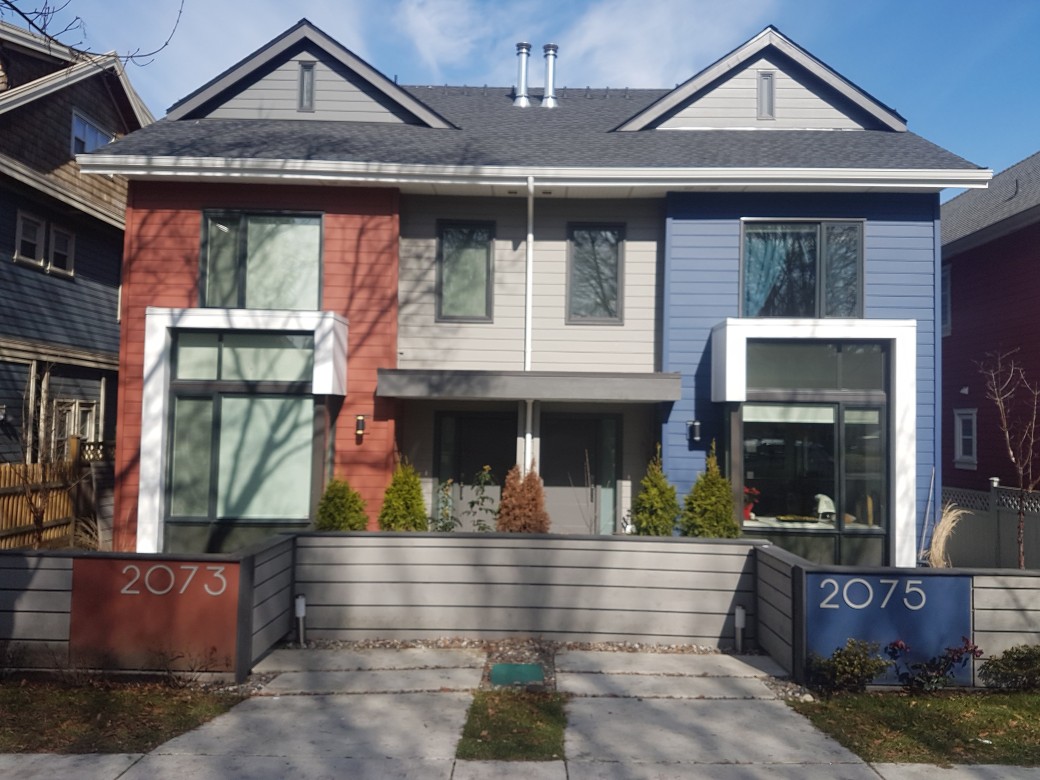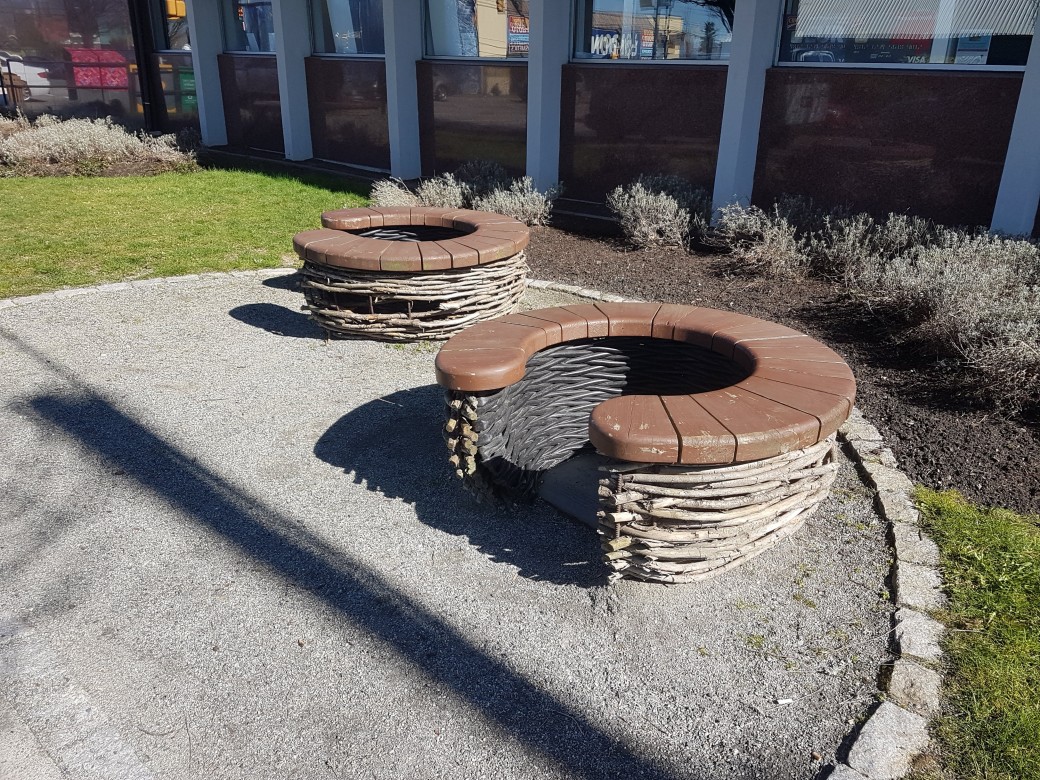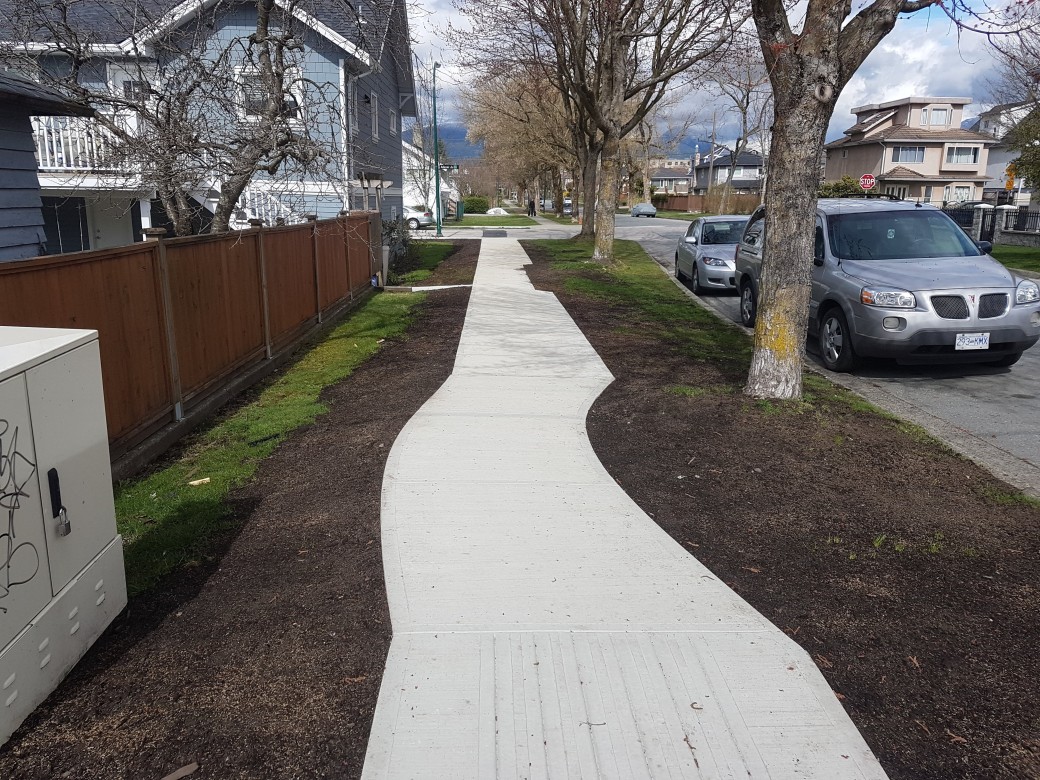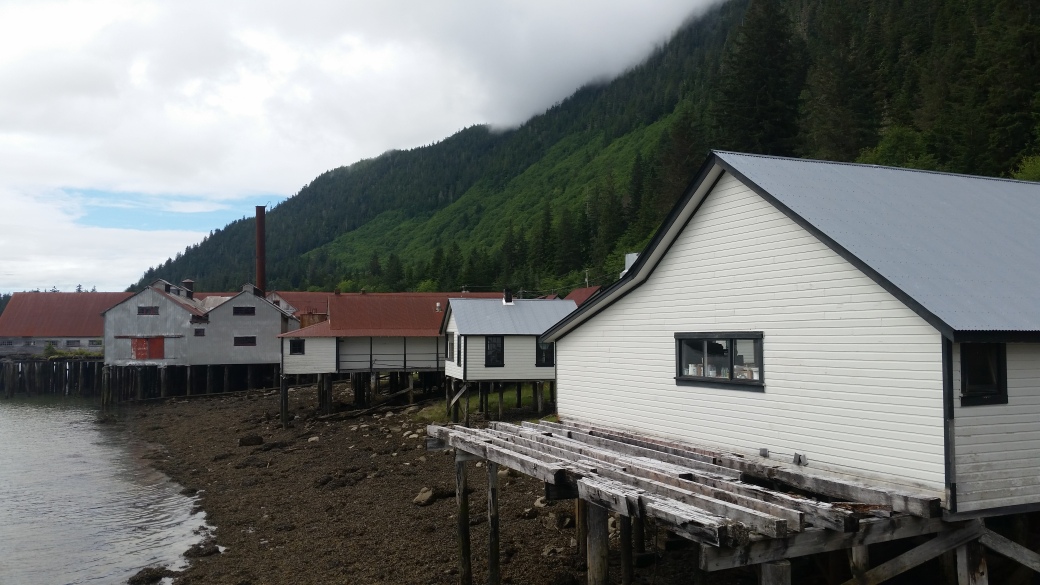Vancouver is a built out city with a policy to not expand road capacity. Downtown this policy in conjunction with the high cost of parking and the increased provision of good alternative such as transit and cycling has caused dramatic changes overtime. Together these policies have helped reduce commuter traffic to downtown to traffic levels comparable to the 1960s.
The City is looking to build on this success. By the end of this year, the City will decide on future of the viaducts, monuments to the failed freeway program. Despite the success in reducing car traffic, the gnashing of teeth and outcry of a “war on cars” continues.
Is this really “a war on cars”? Or, is this a growing realization that we can do many things with our public space. Maybe not as much of it needs to be dedicated to car traffic and parking.
The car is an expensive luxury that has been ingrained into our culture and cities as integral. As this assumption is increasingly challenged, those beholden to their cars and by extension, their way of life, feel threatened. The outrage over a small road closure for the Point Grey Bicycle route is very revealing.The new bicycle route is successful and the traffic snarl has not appeared. Will the outrage continue? Of course. People are invested in their outrage. When the City announces changes to the viaducts, outrage will ensue.
The fact remains we need better infrastructure for cycling and walking and that will come at the cost of some car infrastructure. So why isn’t the change broadly accepted? It is difficult to convince people to remove or restrict a lane of traffic when they perceive a city full of cars that need as much space as possible to get anywhere. However, part of the problem with car infrastructure is what economist call “a tragedy of the commons”. Because there is no cost tied to the use of the streets, people who have purchased a car will not only try and maximize their investment, but also are incentivized to use the streets for driving.
The popularity of free use of streets creates a political focus. With the expectation of access to the streets, and the provision of ubiquitous driving infrastructure, a political imperative around car infrastructure exists where pot-holes and parking are often more contentious than poverty or housing. Despite property taxes funding the maintenance of streets, the cost of providing these services is not adequately gauged. So how much do we need?
Everyone would agree to maintain enough of the road network to maintain commerce and emergency vehicles, but after that it is not clear. With the City’s policy to limit road expansion, reduction is the only option. There is clarity around reducing capacity in tandem with improvements to other modes. It is important to note, even without the other improvements, these road diets cause traffic to slow to safe speeds, people to change their routes, and some traffic evaporates. Traffic disappearing is well documented and should not be a surprise as there is one cost to using untolled roads: time.
Large changes can be disruptive initially causing long delays for drivers. However, drivers adjust their habits in estimating when to take trips, what route to take, and most importantly, do they need to drive to make the trip. The disruption for the City’s sewer-storm water separation project is an excellent opportunity to gauge large road disruption to traffic as comparable to road diets although temporary.
The project is currently digging up Hemlock Street, a four lane street with two-lanes in the evening with parking. Many locals expected terrible morning traffic, when the street was closed or reduced to one lane. They weren’t wrong initially. The first morning traffic was reduced to one lane, traffic barely moved. The next day the traffic was slow, but moving at near or just below the speed limit. The third day, the entire road was closed, and traffic on the nearby Granville Street was horrible. Then on the fourth day (and everyday the project continued), traffic on both Granville and Hemlock have been moving steadily. Meanwhile, the foot traffic on Hemlock has increased. People have put chairs out on the sunny days after the workers have gone home.
Even with parking, there is surplus road space. Why do we need to create a fast moving feeder lane through a neighbourhood when that space could be used for many other uses? It is a pity the City will return the street to four lanes for rush hour and 2 lanes for evening. This is a wonderful opportunity to create a linear park to the bridge that facilitates walking and cycling downtown and in the neighbourhood. But, it won’t happen. Why? Because the City has already budgeted resurfacing and the traffic engineers have designated the road as important.
Important for what? The question remains is our priority to move cars or people? And, should reducing congestion be such a high priority?
Note: It was interesting to observe that when the 12th and Hemlock intersection was closed, traffic diverted with no issue. More surplus?
